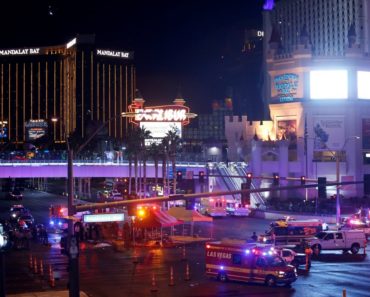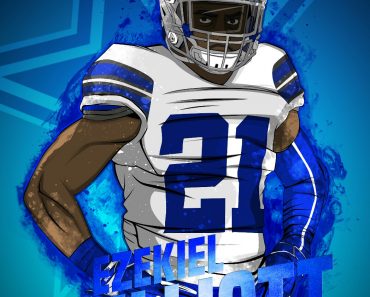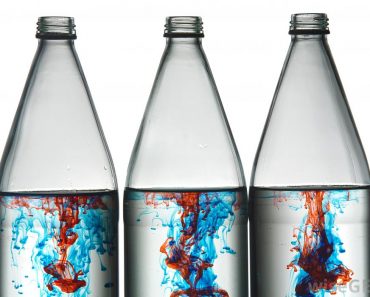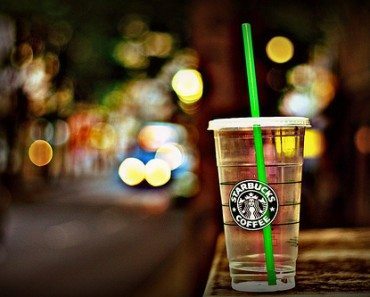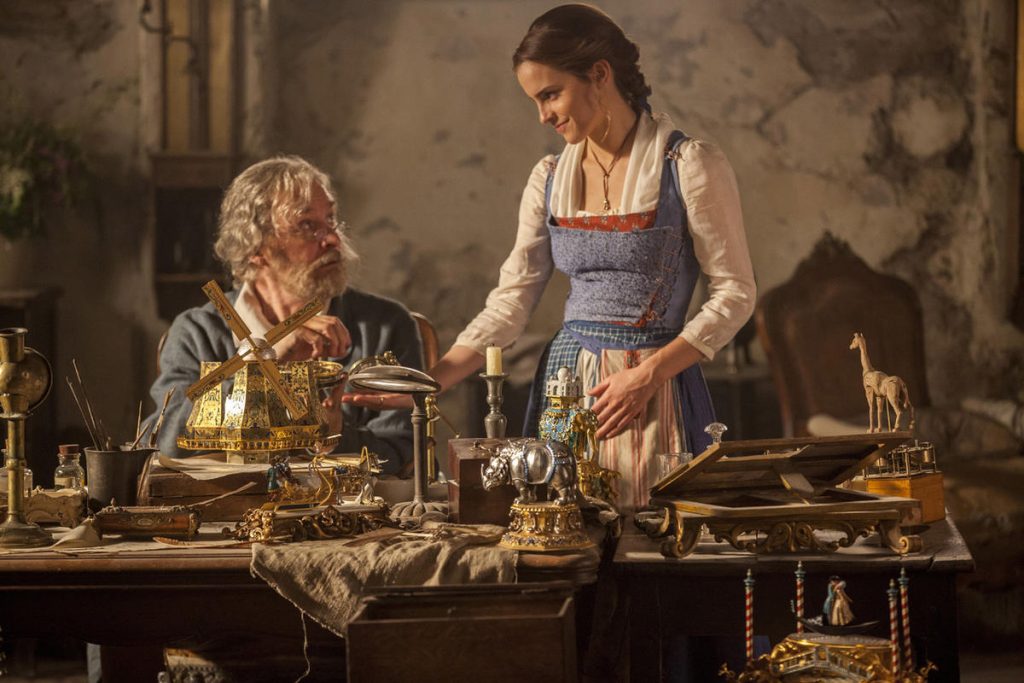
Last year’s The Nutcracker and the Four Realms mostly cinematic cotton candy, but it’s been stuck in my craw ever since I saw it. Despite not being a remake of, or a sequel to, any Disney movie I’d seen before, it gave me a powerful sense of déjà vu
Recently, it dawned on me why: The Nutcracker and 2017’s live-action remake of Beauty and the Beast each denote a progressive and feminist sensibility by outfitting their heroine in pants and giving her exactly one personality trait: a fondness for science.
Surface Level Trait in Modern Times
I have no problem with Disney pivoting all of its live-action heroines to being science nerds. But the devil is in the details: Along the characters’ actual journeys, there’s no subtlety to the way these traits are integrated, or any use when it comes to their place in the story.
In both movies, the leads demonstrate their love for science in facile ways, bluntly stating their interest or tinkering (to debatable effect) with some curio that would fit more comfortably on the floor of a steampunk convention. The use for their scientific pursuit is limited to scenarios engineered for them, rather than being a meaningful contribution. For instance, Belle comes up with a washing machine prototype at the beginning of Beauty and the Beast that never crops up again. Otherwise, the scientific method is largely forgotten.
There’s no question that these characteristics are well-intentioned, but there’s a chasm between good intentions and affecting results. Science amounts to little more than a costume for Clara and Belle. Their single interest doesn’t inform their growth. Instead, all three movies default to the same broad thematic arc about not doubting oneself. And yet, the lead’s interest in science is made to be such a big deal early in each story that the degree to which they ultimately don’t factor into the conclusion is jarring.
A Step Forward Built on Hope
I reserve some hope for future female leads with a knack for science. The Disney movies that don’t fall short in this respect are those in which that love is naturally integrated and engaged with, rather than used as a prop — but also, granted, they’re adapted from non-Disney source material. A Wrinkle in Time and Black Panther both feature young women with an interest in
science and technology: Meg Murry (Storm Reid) and Shuri (Letitia Wright). Their passions make a dramatic impact on the problems they face.
Meg’s parents are scientists, and she quite literally has to follow in her father’s footsteps in order to find him. Shuri’s interest in and talent for tech is just as much personal as it is part and parcel with her responsibilities as a princess. In Black Panther’s big car chase sequence, she’s operating the vehicle remotely, working in real time to keep the tech (and the car) from crashing.
By contrast, Disney uses book smarts and curiosity as a substitute for female independence in the same way that proficiency in martial arts or a leather jacket once signaled that female characters were “tough” and “cool.” They’re visual signifiers or traits not traditionally considered “girly,” but they’re also only surface-level indicators.
Changing a character in thoughtful and rewarding ways isn’t impossible, but it can’t be done for the sake of lip service. Cinderella and Maleficent, for instance, both revisited and revitalized well-known characters by fleshing out the extant material (and an entire backstory, in the latter case) instead of “updating” these characters in a way that, ironically, comes across as directly contradictory to the “you are enough” message that these films are meant to send.
Broadly speaking, the big thing these young women learn is that they’re more than good enough just as they are. Their shiny new interests suggest that someone thought otherwise, but ultimately just prove the point: To paraphrase Annie Lennox and Aretha Franklin, sisters have to do it for themselves, not to keep up appearances with others.

